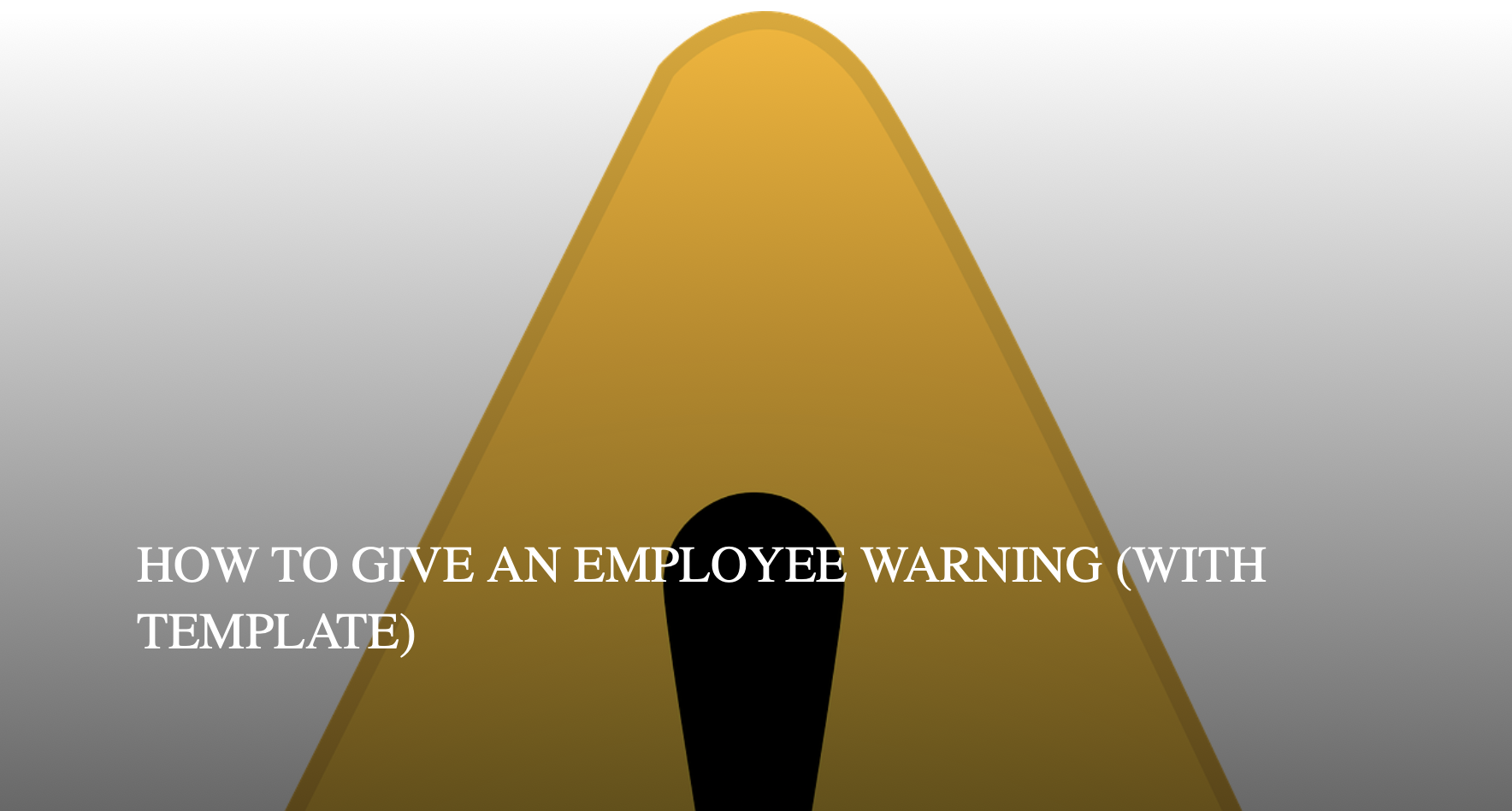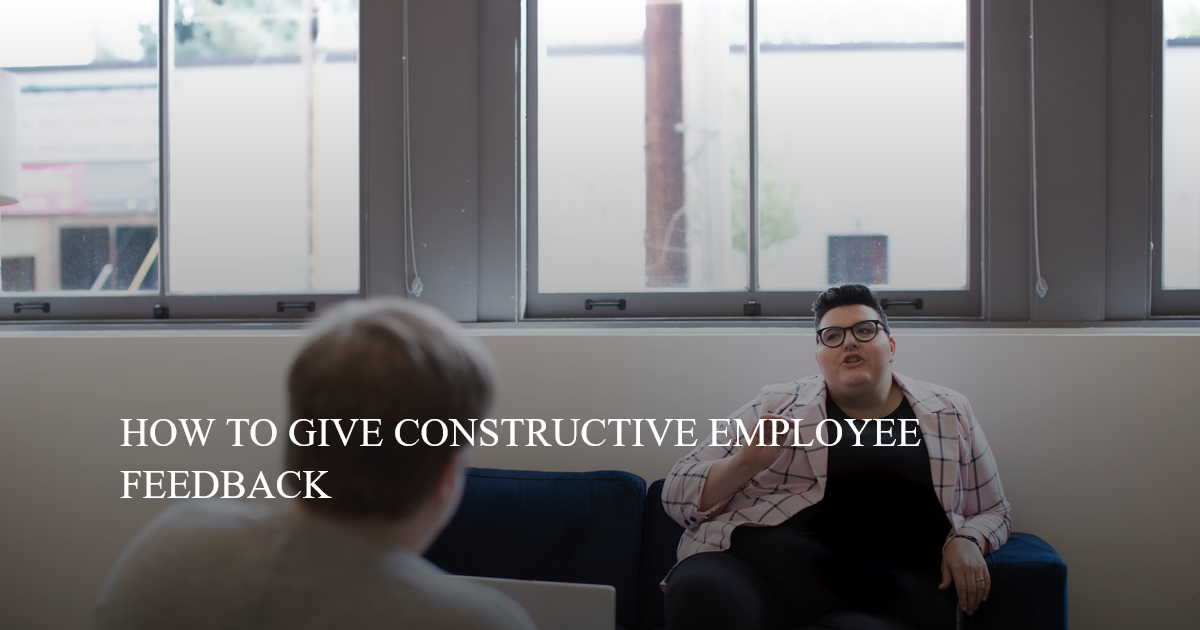Summary. Workplace bias can be making an assumption about someone either accidentally or intentionally. This bias can be a conscious or unconscious thing. Common types of biases in the workplace are confirmation bias, appearance bias, and intuition bias.
Bias can affect the workplace, especially when it comes to hiring new employees. Knowing and understanding bias can help create a more diverse and inclusive workplace.
In this article, we will go over what workplace bias is, 12 common types of workplace bias, and how to address it.
Key Takeaways:
-
Conscious bias refers to the attitudes and beliefs that a person is aware of about something or someone.
-
Unconscious bias refers to the preferences that someone may have but they are not aware that they have.
-
When addressing bias in the workplace, you should first focus on the facts, provide training, and create new policies regarding bias.
What Is Workplace Bias?
Workplace bias is intentionally or accidentally making an assumption about potential candidates, comparing employees, or when delegating tasks. Bias could lead to unfair conditions and judgment and unethical discrimination. Bias can be conscious or unconscious:
-
Conscious bias. This refers to the attitudes and beliefs that a person is aware of about something or someone. These biases could affect and influence the choices made at work. It’s important to recognize the influence of a bias; that way, it does not affect decision-making in the future.
-
Unconscious bias. This will refer to the preferences that a person may not be aware that they have. It might not even show up during self-reflection. This could be an unconscious preference for a certain type of candidate who is similar to you. You may not be aware of the decision, but it will reflect that you have a preference.
Once a person is aware of conscious and unconscious bias, they will be able to limit the influence of any biases that can be made when making a decision.
12 Types of Workplace Bias
There are many different types of biases. Some will be more common in the workplace than others. Biases can affect the workplace, so it’s important to understand the different types. Here are the top two biases that are typical in the workplace:
-
Confirmation bias. This type of bias will stem from existing beliefs and values. With confirmation bias, a person may have a tendency to look for or be partial to information that aligns with their existing beliefs. This can be harmful to your decision-making in the workplace.
-
Conformity bias. Conformity bias can be common in a group setting. This will happen if your views or beliefs are influenced by what the group thinks. This is often called “groupthink.” Your decision-making can be affected by feedback from others.
-
Affinity bias. People will often gravitate towards someone who is similar in their thoughts and beliefs. Shared connections make people feel comfortable. Affinity bias can result in pushing away anyone who is different. Doing this can result in no new ideas or beliefs being introduced in the workplace.
-
Attribution bias. This type of bias is the correlation between how we associate someone’s accomplishments or actions with different factors. The factors can be outside of someone’s control, but the bias will still be there. This type of bias will often be a factor when a promotion or raise is on the table.
For example, if an employee is constantly late, they may be seen as lazy. The employee may have something else going on that results in them being late for work.
-
Appearance bias. This type of bias happens more often because it can be easy to judge someone based on their appearance the first time you meet them. There are three types of appearance bias:
-
Beauty bias. Oftentimes, individuals who are considered more attractive will be treated better and more positively. They may be considered more often and receive more job offers based on their appearance.
-
Weight bias. This type of bias refers to how someone is judged negatively because of their weight. Individuals who weigh more and are bigger may not receive the same treatment as individuals who are smaller.
-
Height bias. Taller individuals are more likely to be seen as authority figures over shorter individuals. This will affect shorter people. Often men are thought to have more authority than they may have because they are much taller than women in the workplace.
-
-
Gender bias. This bias is preferring one gender over another. Gender bias can also be the assumption that one gender is able to do the job better. For example, construction workers may have gender bias against women and assume that they cannot do the work as well.
-
Age bias. This type of bias is typically called ageism. It is the judgment of a person based on their age. Age bias will affect older individuals more often because hiring managers are more likely to hire younger workers because they will be there longer or only hire older and more experienced workers because young workers lack experience.
-
Contrast bias. This type of bias will have the most effect on the hiring process. This bias will often compare two candidates to each other.
For example, a hiring manager could compare three candidates based on their qualifications and resumes. The first candidate may have been great, and the second good. Interviewing the great candidate first may lower the good candidate’s score because they are being compared.
-
Intuition bias. This type of bias will be using your instincts and intuition over facts when it comes to judging someone. Your emotional response will play a role in this type of bias. An unconscious bias can be the reason for judgment.
For example, A hiring manager may have had an interview with an excellent candidate with great qualifications, but there may be something about the candidate the interviewer doesn’t trust.
-
The halo effect. This will use an overall positive impression, quality, or accomplishment to overshadow anything negative about a person. It can cause someone to be placed on a pedestal when they may not be fully deserving to be there.
For example, a candidate may have an excellent college history and experience. This may cloud a hiring manager’s judgment and cause them to overlook how well the person actually does in the interview.
-
The horns effect. This will be the opposite of the halo effect. It will cause someone to only focus on the negative and not the positive. For example, if a candidate makes a bad first impression, no matter what their resume or qualifications are like, there is a negative correlation to them.
-
Illusory correlation. This will be when someone makes assumptions or connections when there is no basis for them. For example, a candidate could have a similar top or hairstyle as you, and you will make an assumption that they are similar to you in ways.
This could be a bad thing for hiring because making assumptions based on something that may not be related can cause a hiring manager to miss out on great candidates.
How to Address Workplace Bias
Addressing any bias in the workplace will help create a better environment for you and your employees. Here are the steps in addressing bias in the workplace:
-
Focus on the facts. It’s important to focus on the facts when making decisions. This is because of conscious and unconscious biases that could make someone make false assumptions and judgments. Focusing on the facts will help prevent making these assumptions.
-
Provide training. To help prevent bias, you should provide training to your staff. You should first identify any biases that may be in the workplace and create training to help others identify them as well. This can be the most effective for those included in the hiring process.
-
Make blind judgments. Making blind judgments on candidates can eliminate any biases based on name, gender, or race. When making a blind judgment, remove any personal information on the candidate and only look at their qualifications, experience, and skills.
-
Create a standard interview system. One of the best ways to prevent bias in the hiring process is to create a standard interview system. This should include a standard set of questions that will be asked to all candidates. The questions that are asked can be tailored to fit the different departments.
You should also create a standard interview rating system. This will prevent any biases the interviewer may have. It can also help prevent comparing candidates based on biases.
-
Create new policies. Creating policies relating to biases can help hold employees and management accountable for any biases they may have. This can help prevent any discrimination that may happen in the workplace.
Why Is It Important to Recognize Bias?
It’s important to recognize bias in the workplace because it can help you uncover your own biases. Understanding and recognizing bias can help create a more positive, inclusive, and diverse workplace.
Both employees and employers should know and understand the signs of bias. For employees, it will help them know if there is any discrimination happening to them. For employers, it will help them from intentionally or accidentally discriminating against an employee or candidate based on bias.
Workplace Bias FAQ
-
What does it mean to be biased in the workplace?
Being biased in the workplace can be making assumptions about someone based on race, gender, or disability. Oftentimes these are unconscious biases that a person may not be aware of.
-
What are the most common workplace biases?
The most common workplace biases are confirmation bias, contrast effect, and conformity bias. Other types of biases that are common in the workplace include affinity bias, attribution bias, and appearance biases. If these biases are not recognized, they can be harmful to the workplace.
-
Can you prove bias in the workplace?
Yes, bias can be proved in the workplace with direct or circumstantial evidence. Circumstantial evidence will be evidence that will prove a fact by inference. Direct evidence will prove a fact. Another way to prove bias in the workplace is through pattern and practice.
-
How can bias affect the workplace?
Bias can have a negative effect on the workplace through higher turnover and legal issues. Hiring someone based on a bias made could cause a hiring manager to hire someone who is underqualified. This can result in a higher turnover rate.
Legal action can happen if an employee accuses their employer of biased practices. A lawsuit can happen. There is an Equal Opportunity Law that protects employees from discrimination.
Final Thoughts
Having bias in the workplace can be difficult to eliminate. Knowing and understanding the signs of workplace bias will be the first step in creating a more diverse and welcoming workplace.
References
-
Young Leaders of The Americas Initiative – Understanding and Recognizing Bias in the Workplace
-
U.S. Equal Employment Opportunity Commission – What is Employment Discrimination?
- Workplace Communication
- Email Tips For Effective Leadership
- How To Improve Email Communication With Your Employees
- How To Prepare Managers To Communicate Change
- Congratulations Letter To Employee
- Appreciation Letter To Employee
- Employee Value Proposition
- Morale Booster Quotes
- Types Of Workplace Bias
- Team Exercises For The Workplace
- How To Write An Employer's Reference Letter (With Template + Sample)





